Situating Architecture Lecture Series Autumn 2018
08 October 2018–10 December 2018, 1:00 pm–2:00 pm
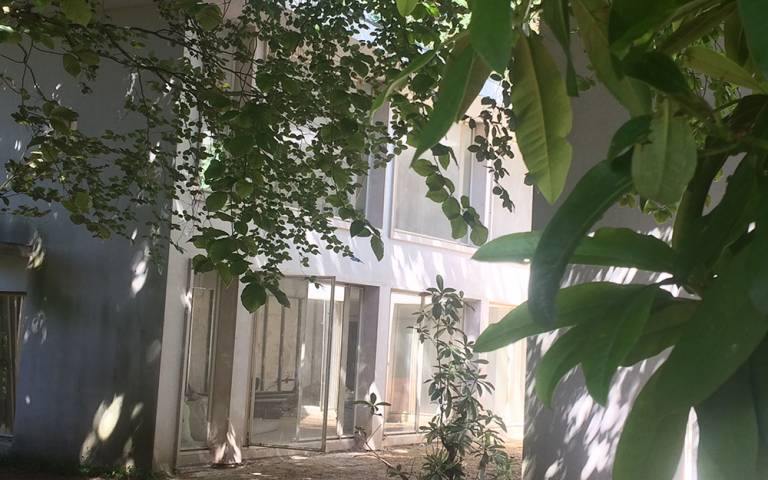
Event Information
Open to
- All
Availability
- Yes
Organiser
-
The Bartlett School of Architecture020 3108 7337
Location
-
6.0222 Gordon StreetLondonWC1H 0QBUnited Kingdom
Running alongside the Architectural History MA programme, the 2018-19 Situating Architecture Lecture Series hosts architects, historians and theorists who examine the production of architecture and cities through questions of environment, postmodernity, political and economic value, cultural regeneration, computing and design technologies.
- 8 October: Paul Dobraszczyk - Sunken Cities: Climate-Change Fiction, Art and Architecture
Sunken Cities: Climate-Change Fiction, Art and Architecture
Room 6.02, 1pm - 2pm, Monday 8 October
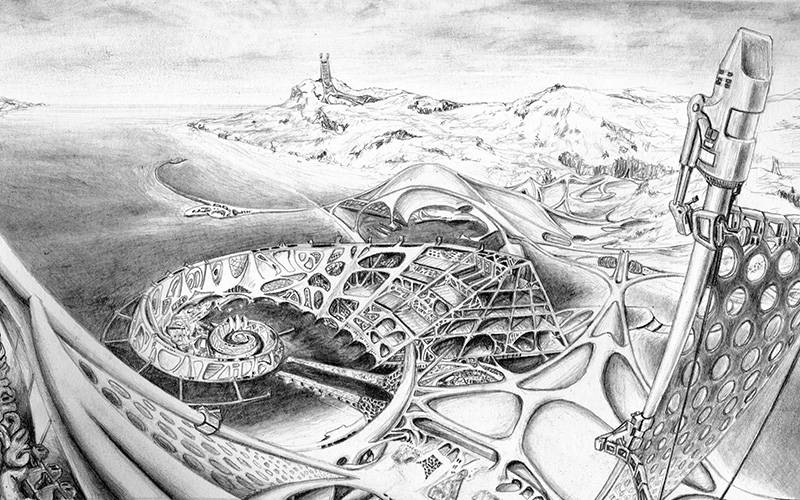
Lecturer's Abstract
This lecture explores imaginative modes of thinking in relation to climate change, focusing on images of drowning or submergence produced by fiction writers, visual artists and architects. It establishes resonances between a range of imaginative visions of future cities that engage with the transformed urban environments that will likely be brought about by climate change.
Biography:
Paul Dobraszczyk is a teaching fellow at The Bartlett School of Architecture. He is the author of Future Cities: Architecture & the Imagination (Reaktion, 2019); The Dead City: Urban Ruins & the Spectacle of Decay (IB Tauris, 2017); and Iron, Ornament & Architecture in Victorian Britain (Routledge, 2014); and the co-editor of Global Undergrounds: Exploring Cities Within (Reaktion, 2016).
- 15 October: Tim Brittain-Catlin - Post-Modern in the Mirror
Post-Modern in the Mirror
Room 6.02, 1pm - 2pm, Monday 15 October
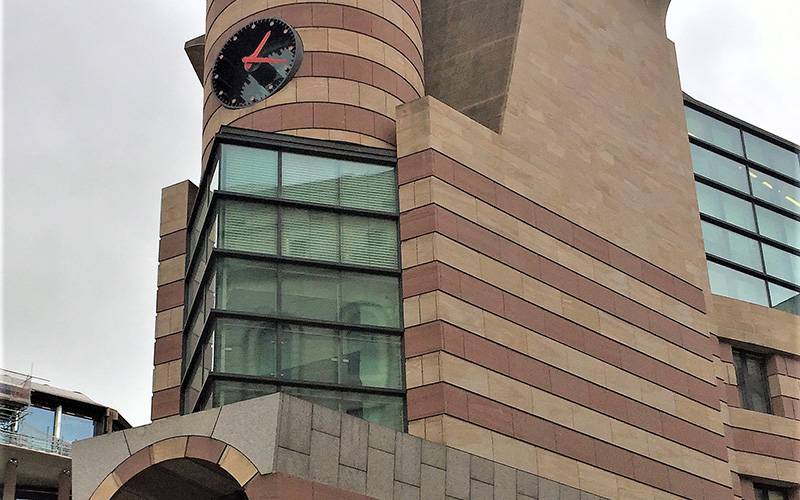
Lecturer's Abstract
Reviving past styles of architecture also provides an opportunity to invent new stories about old buildings. Contemporary postmodern architecture was so unpopular at The Bartlett in the mid-1980s that anyone who referred to it was openly mocked. It is now very much in fashion, and the early protagonists, suddenly in demand, are talking about it in a way that they never did at the time. When people are laughed at, they brood for a long time – and then they bite back.
Biography:
Timothy Brittain-Catlin is Reader in Architecture at Kent School of Architecture. He is a historian of nineteenth and twentieth century British architecture, a director of the Twentieth Century Society, and a member of Historic England’s national advisory committee. His Bleak Houses (MIT Press, 2014) explored alternative narratives in architecture.
- 26 October: Working Papers - Architectural History Symposium
Working Papers
Room G.12, 10am - 6pm, Friday 26 October
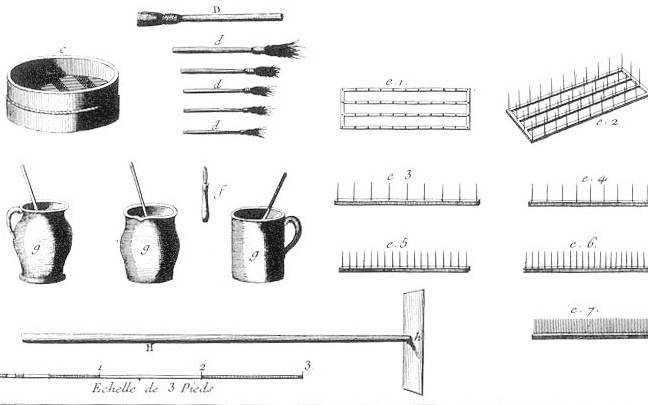
Featuring presentations by international keynote speakers alongside graduating students, Working Papers will explore the ideas, processes and methodologies integral to the practice of contemporary research in architectural history.
- 13 November: Rosi Braidotti, Value Matters Keynote Lecture
Value Matters: A posthuman glossary for societal, environmental and urban security
G22 Lecture Theatre, Pearson Building (enter at North East door)
Tuesday 13 November, 18:00 - 19:30Lecturer's Abstract: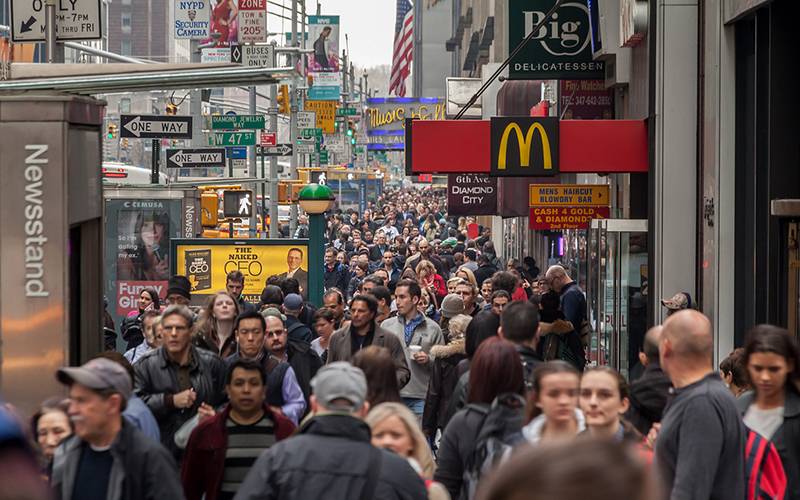
This lecture examines new ‘Posthuman Glossaries’ which may enrich the design, sustainability and wellbeing of our cities, communities and society, and how economic value is conceptualised and structured. It will consider these political and cultural values in relation to: anthropocenic impacts; digital activism and algorithmic cultures; insecurity; the inhuman.
Biography:
Rosi Braidotti is Distinguished University Professor and founding Director of the Centre for the Humanities at Utrecht University. She is currently a Visiting Professor at the Institute for Global Prosperity, UCL. She is a key scholar in the field of Continental philosophy and epistemology, feminist and gender theories and post-structuralist thought. She was also the founding Professor of Gender Studies in the Humanities at Utrecht (1988-2005) and the first scientific director of the Netherlands Research School of Women's Studies.
Her appointments include: Network of Interdisciplinary Women's Studies in Europe (NOI&SE) and founding scientific director of the SOCRATES Thematic Network for European Women’s Studies ATHENA, which was awarded in 2010 the Erasmus Prize of the Lifelong Learning Programme of the European Commission for outstanding contribution to social inclusion.
Her publications include: Posthuman Glossary (co-ed with Maria Hlavajova, 2018), The Posthuman 2013; Nomadic Subjects 2011; Transpositions; On Nomadic Ethics 2006.
* Please note this lecture takes place in a different location.
- 26 November: Eva Branscome - Before the Bilbao Effect
Before the Bilbao Effect: A Case Study of Hans Hollein's Museum, Abteiberg, in Mönchengladbach
Room 6.02, 1pm - 2pm, Monday 26 November
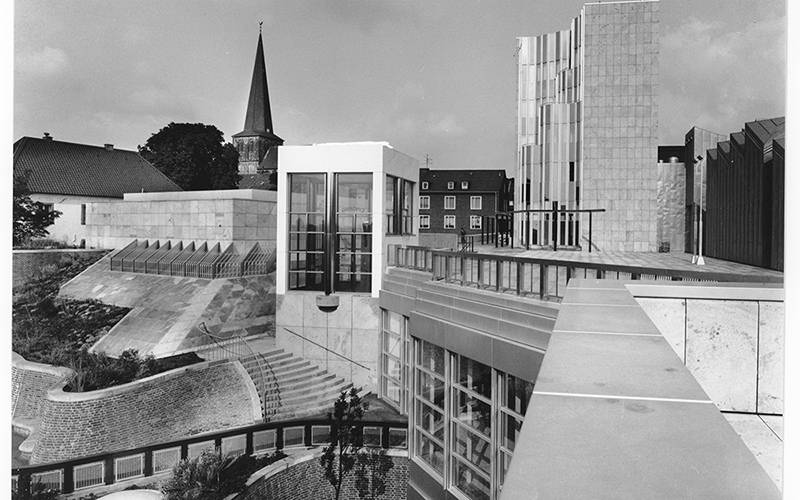
Lecturer's Abstract
In 1967, the Städtisches Museum, Mönchengladbach, held an odd assembly of cultural objects, religious relics and twentieth-century artworks. Packing those items away, German curator Johannes Cladders reinvented the venue through a sequence of ground-breaking exhibitions. From the outset, Cladders' discontent with his building was evident, so he lobbied for a new purpose-built museum to promote the emerging avant-garde.
Hans Hollein was appointed in 1972 to design the new Mönchengladbach museum, opening in 1982. Over 20,000 people came to see the museum during its opening week, and it became a pilgrimage for those interested not so much in avant-garde art, but architecture. The museum led to a new type of architectural tourism where people flocked to the city to see the building, and Frank Gehry has stated that the Guggenheim in Bilbao would not have been possible without this important precedent.
In Bilbao, the formula was repeated with a star architect building a museum of art in a post-industrial city, creating a new industry of culture. But with this capitalist formula drawing ever more spectacular art museums into the limelight, attention to this particular building has faded in terms of cultural tourism. As the Mönchengladbach museum has returned to the realm of an insider destination for avant-garde art connoisseurs and indeed has now become a piece of architectural heritage itself, this poses the question: Can, or should, any single building ever really have this kind of power within a city?
Biography:
Eva Branscome teaches architectural history at The Bartlett School of Architecture, where her interdisciplinary research interests cover art and architecture. She has published widely on the history of European modern architecture, and her book Hans Hollein and Postmodernism: Art and Architecture on Austria, 1958-1985 was published by Routledge in 2017. Her forthcoming book focuses on Hollein’s Museum in Mönchengladbach. Previously she worked in heritage conservation as an activist, protecting many British buildings of the twentieth century.
- 03 December: Roberto Bottazzi - A Mind Outside Ourselves
A Mind Outside Ourselves
Room 6.02, 1pm - 2pm, Monday 03 December
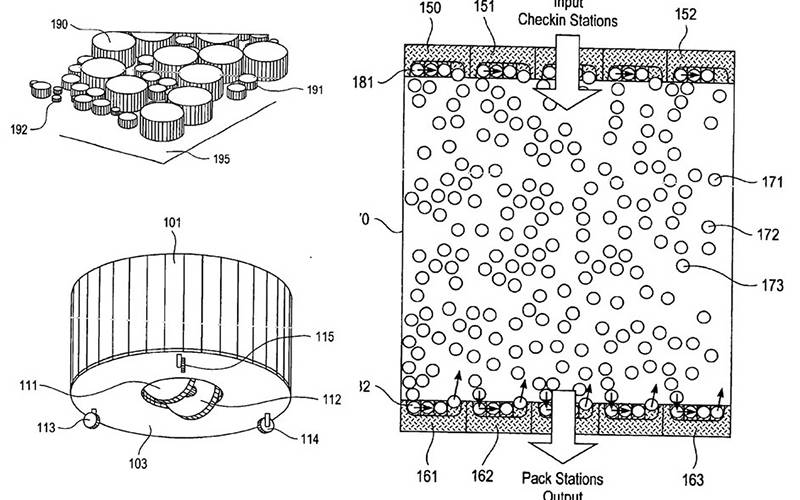
Lecturer's Abstract
Despite its apparent novelty, the relationship between data and architecture is as old as the discipline itself. Through both historical and contemporary examples, this lecture will propose a richer, more complex way to understand this relationship; one that will also help to better grasp what is at stake when we discuss or design automated architectural and urban environments.
Biography:
Roberto Bottazzi is an architect, researcher, and educator based in London. He studied in Italy and Canada before moving to the UK where he is Programme Director of Urban Design MArch at The Bartlett. His research analyses the impact of digital technologies on architecture and urbanism. He is the author of Digital Architecture beyond Computers: Fragments of a Cultural History of Computational Design (Bloomsbury, 2018) and editor of Walking Cities: London (Camberwell Press, 2017)
- 10 December: Laurent Stalder - What Happens to Architecture?
What Happens to Architecture?
Room 6.02, 1pm - 2pm, Monday 10 December
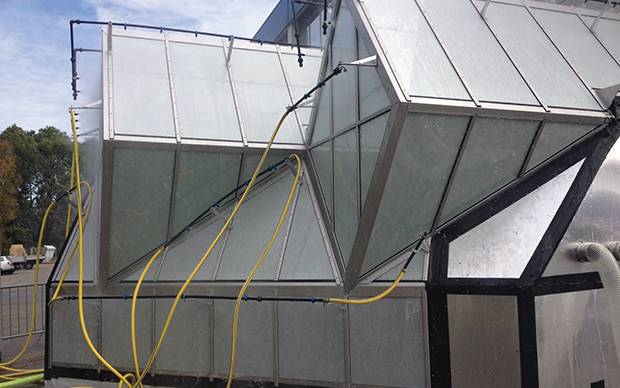
Lecturer's abstract
If the 19th and 20th centuries can be understood (even in the realm of architecture) as the centuries of invention, speed, risk, and calculation – be it constructive, social, economic, ecological, or aesthetic – the 20th and the 21st centuries might well be considered as the age of the accident (Beck/Giddens, 1994; Virilio, 2002). Yet historiography has been very reluctant to address the topic. The talk will not pessimistically seek to overthrow modernity and its indisputable successes in architecture, as has been done by a certain postmodern historiography. Rather, it will broaden the enlightening scope of modernity through an investigation of how, when and where architecture fails to fulfill its promises. Indeed, to consider these failures simply as those of the modern project might be too limiting. The accident (etymologically – 'what happens') can also – as in scientific experiments – reveal the substance of architecture. It allows us not only to better understand what has been programmed but also to understand the limits of such programming.
Biography:
Laurent Stalder's research focus is the history and theory of architecture from the 19th to the 21st centuries where it intersects with the history of technology. His most important publications include Hermann Muthesius: Das Landhaus als kulturgeschichtlicher Entwurf (2008), Valerio Olgiati (2008), Der Schwellenatlas (2009), and God & Co. François Dallegret: Beyond the Bubble (2011), Fritz Haller: Architekt und Forscher (2015), Architecture/Machine (2017), Architectural Ethnography (2018). His articles have been published in various journals, including AA Files, Arch+, Grey Room, the Journal of Architecture, Werk, Bauen & Wohnen and the Zeitschrift für Kunstgeschichte.
Image: Author: Stephen Cousins, Construction Manager Magazine, 30 August, 2016
Image at the top of the page: Siza Pavilion in Porto by Carlos Ramos
If you have any access requirements please let us know by sending us an email or calling 020 3108 7337.
 Close
Close

